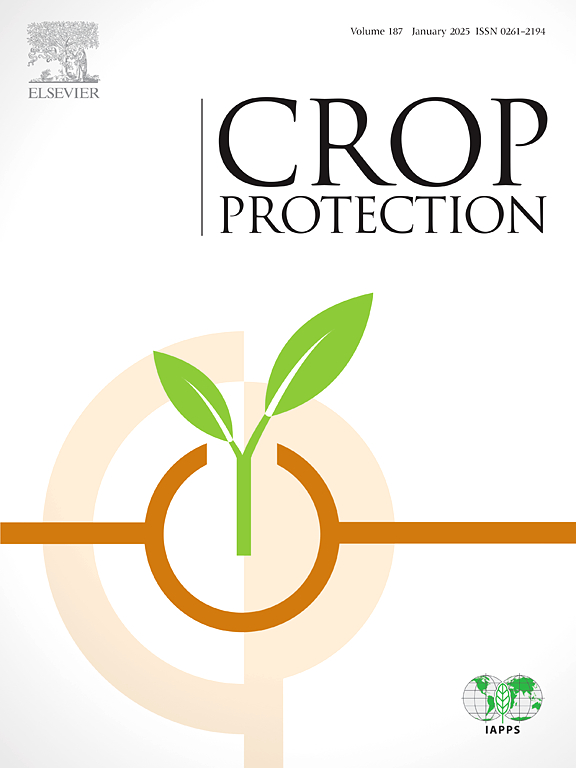Soil solarisation delivers near zero levels of Fusarium pseudograminearum in cereal crown rot reference sites
Abstract
The development of commercial varieties that are resistant or tolerant to crown rot caused by Fusarium species is an important goal for cereal breeding programs internationally. Ideally, this research requires experimental sites that are initially free from Fusarium in order to establish treatment plots that compare growth in the presence and absence of these soil- and stubble-borne pathogens. Specifically, the assessment of tolerance requires control plots free of disease to determine the reduction in crop yield in plots where the disease is present. The ability of soil solarisation to reduce the background Fusarium pseudograminearum level occurring at experimental sites in comparison to current stubble management techniques was investigated across three field trials at Wellcamp in Queensland. Stubble from a susceptible durum (Triticum turgidum ssp. durum) cultivar inoculated with F. pseudograminearum was incorporated by cultivation into the trial sites to establish a significant background level of inoculum prior to the application of all subsequent treatment plots. In these trials, solarisation over a period of twelve weeks reduced the presence of F. pseudograminearum to low detection levels when compared to the traditional crown rot management techniques of cultivation or growth of the non-host cover crops mungbean (Vigna radiata) and soybean (Glycine max). No negative effects of solarisation were observed on a subsequent crop of bread wheat (Triticum aestivum), with significantly higher yields observed in the solarised treatments. Solarisation has the potential to deliver near zero level crown rot reference sites for experimental purposes in one short application between cropping seasons.

 求助内容:
求助内容: 应助结果提醒方式:
应助结果提醒方式:


